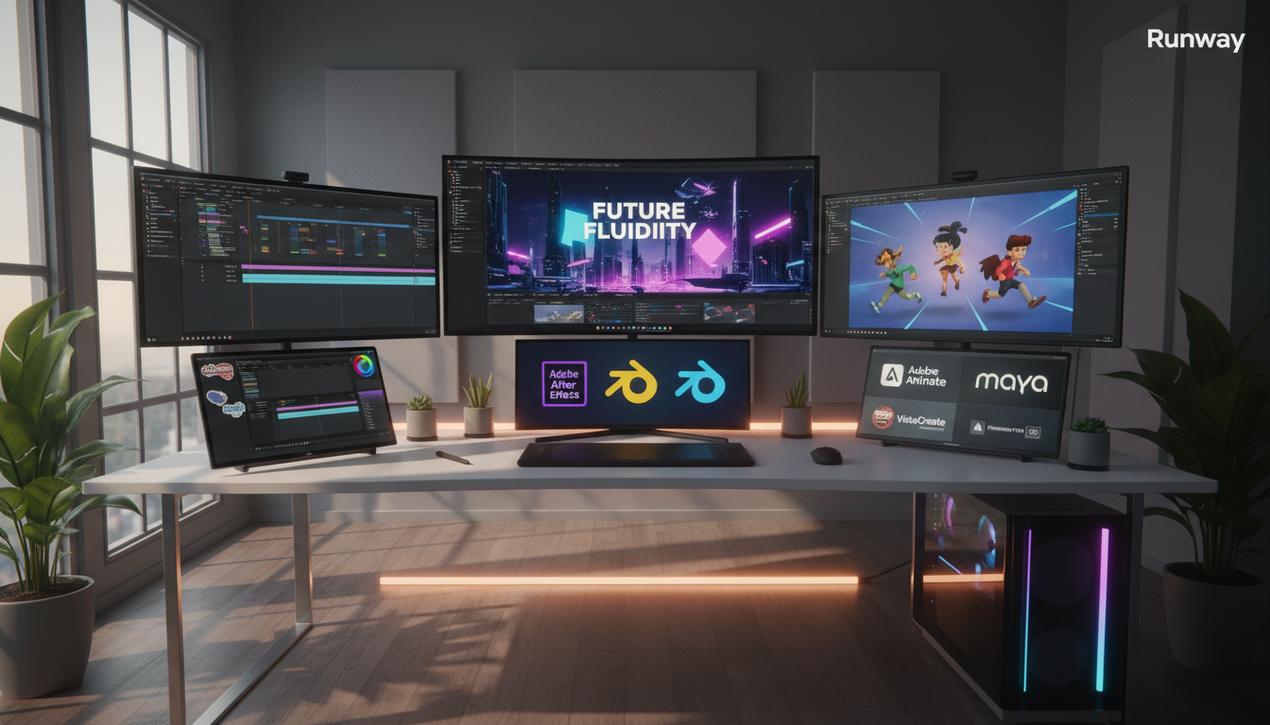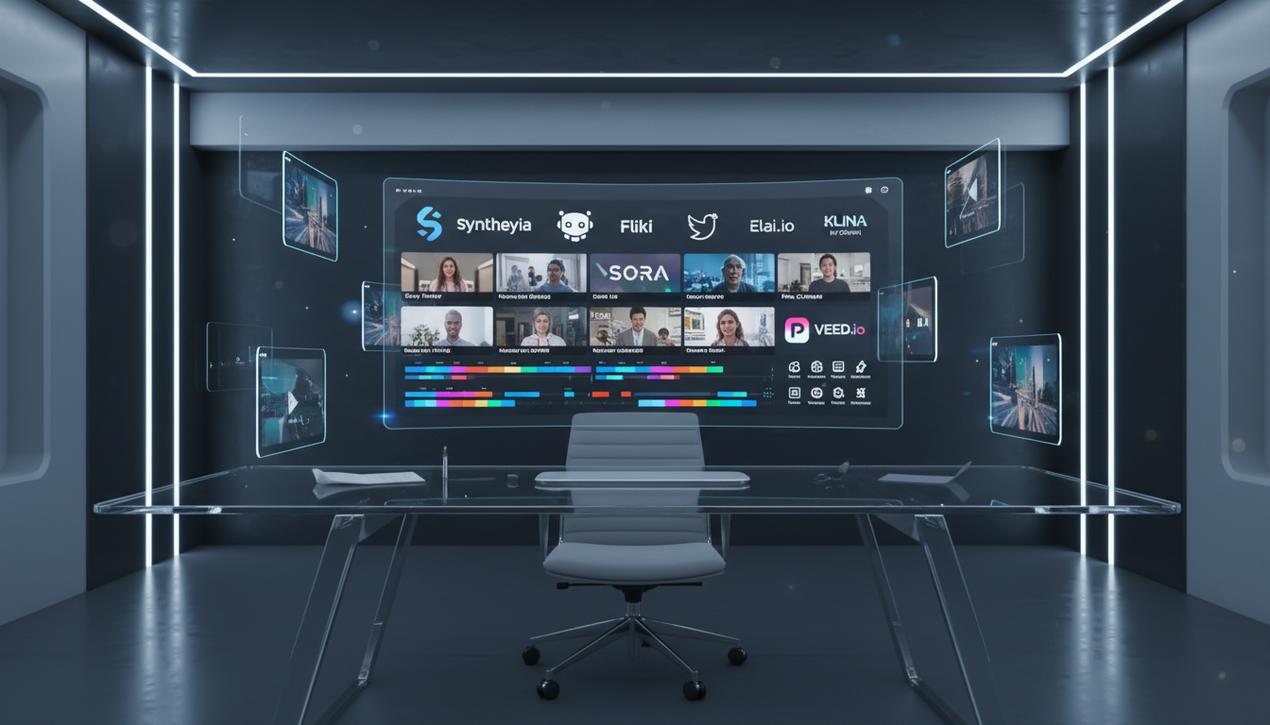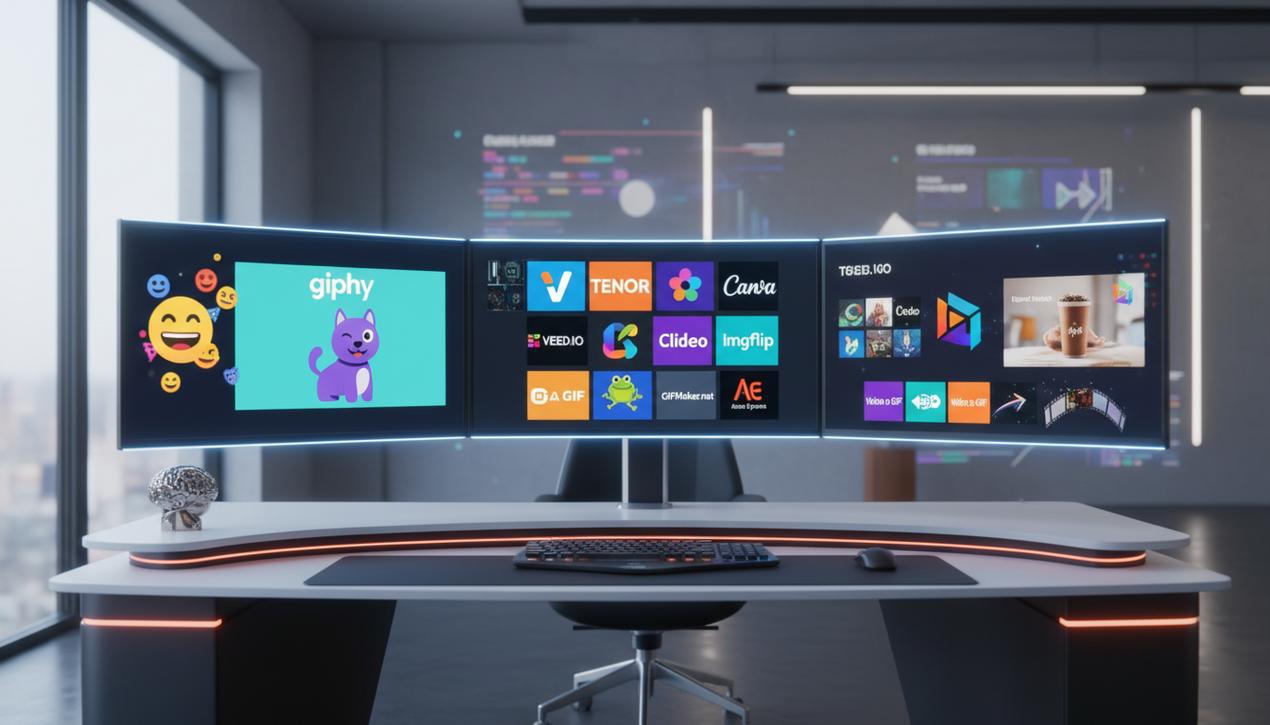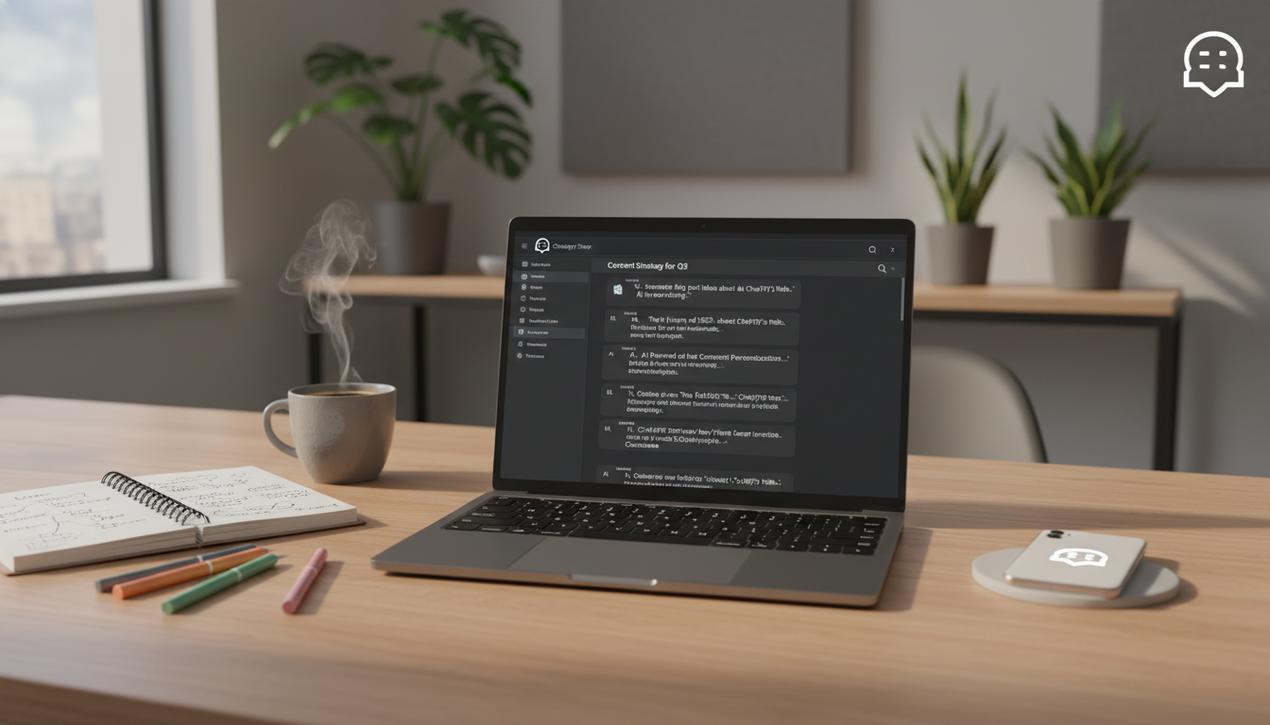Best Motion Design Software: The Complete 2025 Guide


Motion design, the art of bringing graphics to life, has become an essential pillar of digital communication. Far from a passing trend, it’s an exploding market projected to exceed $40 billion by 2028. In 2025, over 90% of businesses use video as a primary marketing tool, and motion graphics are at the heart of this strategy to capture attention, simplify complex ideas, and strengthen brand identity. From social media ads and animated infographics to user interfaces, often following the top web design trends, animation is everywhere. Faced with this growing demand, choosing the right motion design software is a strategic decision. The landscape of tools has evolved dramatically, shifting from traditional software suites to platforms integrating artificial intelligence to automate and accelerate creation. This comprehensive guide presents the 10 best motion design software options, analyzes the trends defining the industry, and gives you the keys to selecting the perfect tool for your ambitions.
Key Trends in Motion Design for 2025
Before diving into the software, it’s crucial to understand the currents shaping the industry. The trends of 2025 are not just aesthetic; they are deeply connected to technological advancements and new ways of consuming information.
Generative AI: The New Revolution
Artificial intelligence is no longer science fiction. Much like the best AI image generators, video tools can now generate sequences from simple text prompts (text-to-video), create animated textures, or automate complex tasks like rotoscoping. This trend doesn’t replace the motion designer but transforms their role into that of an art director who guides the AI to explore concepts at lightning speed.
The Fusion of 2D and 3D
The barrier between 2D and 3D is blurring. Creators are blending flat 2D characters with immersive 3D environments to create a unique and dynamic visual style. This hybrid approach offers narrative depth and a visual appeal that stands out on information-saturated screens.
Bold Kinetic Typography
Text is no longer just for information; it has become a central graphic element of the animation itself. Kinetic typography uses bold fonts, often sourced from sites offering free fonts, with fluid movements and impactful transitions to convey emotion and a message even before the words are read. It’s a powerful tool for branding and social media campaigns.
How to Choose the Right Motion Design Software
There is no single “best” software. The right choice depends on your projects, skills, and resources. Here are the essential criteria to evaluate before making a decision.
- Skill Level: Are you a complete beginner looking for a tool that’s easy to pick up, or a seasoned professional needing advanced features? Software like Powtoon is highly accessible, while Maya or Cinema 4D require a significant time investment.
- Project Type (2D vs. 3D): Does your work focus on flat graphic animations (logos, infographics) or creating three-dimensional objects and scenes? Adobe After Effects excels in 2D and 2.5D, while Blender and Cinema 4D are the leaders in 3D.
- Ecosystem and Integration: Do you work with other creative software? If you already use Photoshop and Illustrator, the Adobe suite (After Effects, Premiere Pro) offers seamless integration and saves considerable time with its Dynamic Link feature.
- Budget: Pricing models vary widely. You can find powerful free and open-source options like Blender, monthly subscriptions (Adobe Creative Cloud), or expensive perpetual licenses (Cinema 4D).
The Top 10 Motion Design Software of 2025
Our selection covers a full range of needs, from all-in-one solutions for beginners to industry standards for the most demanding professionals.
1. Adobe After Effects: The Undisputed Industry Standard
After Effects (AE) is the Swiss Army knife of 2D motion design. Used by the vast majority of professionals, it can create anything imaginable, from logo animations to complex special effects. Its perfect integration with the rest of the Adobe suite makes it the logical choice for many creatives.
- Best for: 2D animation, kinetic typography, compositing, visual effects (VFX).
- Advantages: Adobe ecosystem, a massive library of third-party plugins (Trapcode, Element 3D), and an endless supply of learning resources.
- Price: Starts at $22.99/month as part of the Creative Cloud subscription.
2. Blender: The Power of Free, Open-Source 3D
Blender is a phenomenon in the 3D world. Completely free, it rivals and in some cases surpasses paid software. It covers the entire 3D pipeline: modeling, sculpting, animation, rendering, and compositing. Its once-steep learning curve has been significantly improved.
- Best for: 3D animation, character modeling, fluid and particle simulation, VFX.
- Advantages: Completely free, very active community, constant updates, and a powerful rendering engine (Cycles).
- Price: Free.
3. Cinema 4D: Intuitive 3D for Motion Designers
Cinema 4D (C4D) is often considered the easiest 3D software to learn. It is particularly popular among motion designers for its deep integration with After Effects and its MoGraph toolset, which allows for procedural cloning and animation with stunning simplicity.
- Best for: Abstract 3D graphics, product animation, After Effects integration.
- Advantages: Intuitive workflow, stability, unmatched MoGraph tools, fast rendering.
- Price: Starts at around $60/month.
4. DaVinci Resolve (Fusion): The All-in-One Competitor
DaVinci Resolve is much more than just editing software. It includes Fusion, an extremely powerful node-based compositing tool for motion design and VFX. Its free version is so comprehensive that it’s sufficient for most projects, making it a serious alternative to the Adobe suite.
- Best for: Motion design, VFX, color grading, and video editing in a single application.
- Advantages: A very generous free version, a powerful node-based workflow, and optimized performance.
- Price: Free (with a paid Studio version available as a one-time purchase).
5. Adobe Animate: The Successor to Flash
Animate is Adobe’s specialized tool for interactive vector animation. It’s perfect for creating web banners, mobile game animations, and traditional frame-by-frame cartoons. It focuses on character animation and lightweight graphics.
- Best for: Web animations (HTML5), 2D games, cartoons.
- Advantages: Lightweight, web-focused, excellent vector drawing tools.
- Price: Included in the Creative Cloud subscription.
6. Maya: The Giant of Character Animation
Autodesk Maya is the industry standard in film animation and video games for 3D character animation. It is a software of immense depth, capable of handling very large-scale productions. Its learning curve is very steep.
- Best for: Photorealistic character animation, complex rigging, film productions.
- Advantages: State-of-the-art animation tools, customizable via scripting (Python, MEL).
- Price: Very expensive, approximately $235/month.
7. Powtoon: Motion Design for Non-Designers
Powtoon is an online platform designed to let anyone create professional-quality animated videos and presentations without technical skills. Based on templates and a library of assets, it’s perfect for corporate marketing and communication.
- Best for: Explainer videos, marketing presentations, social media content.
- Advantages: Extremely easy to use, large library of templates and characters.
- Price: Limited free plan, with paid plans starting at around $15/month.
8. Runway: The AI-Powered Creative Studio
Runway is at the forefront of the AI revolution. It’s an online suite of tools that can generate video from text or images, remove objects from a video, create smooth slow-motion, and much more. It’s an incredible supplement to traditional software.
- Best for: Rapid ideation, asset generation, automating VFX tasks.
- Advantages: Cutting-edge AI tools, accessible web interface, constant innovation.
- Price: Free plan with credits, with paid plans starting at $12/month.
9. VistaCreate: Quick Animations for Social Media
Similar to Canva, VistaCreate is an online graphic design platform with simple animation features. It’s ideal for community managers and marketers who need to quickly create animated posts for platforms like Instagram or Facebook.
- Best for: Animated posts, stories, short ads for social media.
- Advantages: Very easy to use, large template library, preset formats.
- Price: Free plan, with a pro plan at around $10/month.
10. Adobe Premiere Pro: The Essential Editing Partner
Although Premiere Pro is primarily a video editing software, it is an indispensable part of the motion designer’s workflow. This is where animations created in After Effects are assembled, synced with audio, and given the final touches of editing and color grading.
- Best for: Final editing, sound design, color grading.
- Advantages: Seamless integration with After Effects (Dynamic Link), professional editing tools.
- Price: Included in the Creative Cloud subscription.
The world of motion design in 2025 is more exciting than ever. The diversification of tools offers an entry point for every skill level and budget. Industry standards like After Effects and Cinema 4D remain solid choices for their power and versatility, while challengers like Blender and DaVinci Resolve are democratizing access to professional-grade features. At the same time, the rise of AI with platforms like Runway is not replacing human creativity but augmenting it, opening up new avenues for experimentation. Your final choice of motion design software will depend on an honest assessment of your needs. Don’t hesitate to try out the free trials or free versions to find the tool that will turn your ideas into captivating animations.




